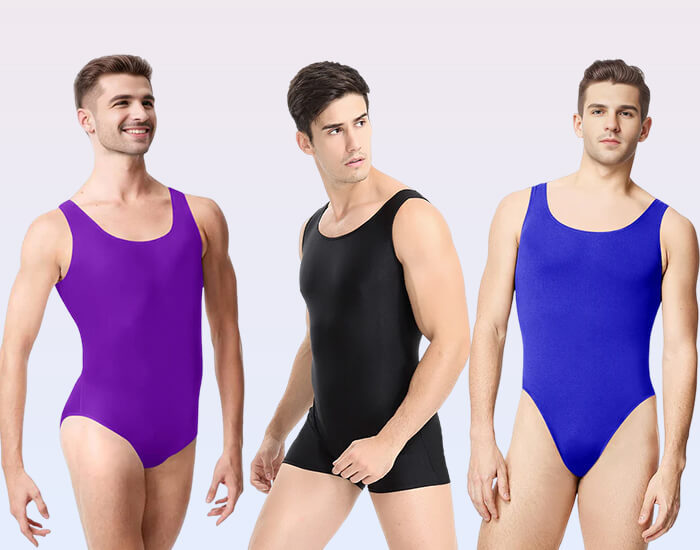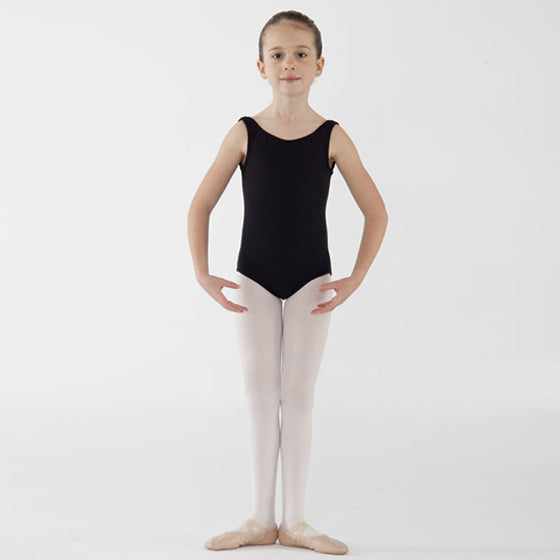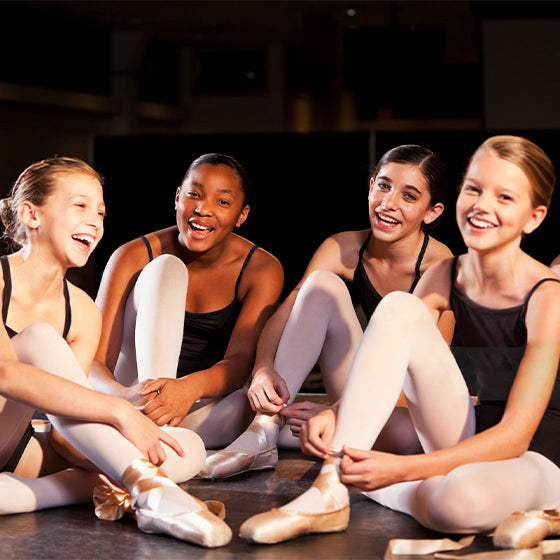There’s something about grooving to the sound of music that seems to take all of our cares away.
Maybe it’s the rhythm of your favorite tunes or the heart-pumping workout that gets you up and off the couch. Or perhaps it’s the challenge of mastering the more complicated moves that brings you so much joy.
Regardless of your reasons, one thing’s for sure: The physical, mental, and emotional health benefits of dancing are endless.
Why dancing is amazing for you — according to an expert
“In my opinion, there is no better workout than dance,” says iFit trainer Kelsey Sheahan. “You have to use every essence of your body to do it. Dancing is a full-body workout in the truest sense.”
“It helps improve coordination, memorization, endurance, flexibility, and most importantly, it makes your heart happy,” continues Sheahan. “I guarantee you will see a huge difference in your overall mood, decrease stress levels, and have an extra pep in your step.”
1. Improved Condition of Your Heart and Lungs
Dance not only instills grace, but it also helps you age gracefully. According to a study in The New England Journal of Medicine, dancing may boost your memory and prevent you from developing dementia as you get older. Science reveals that aerobic exercise can reverse volume loss in the hippocampus, the part of the brain that controls memory. The hippocampus naturally shrinks during late adulthood, which often leads to impaired memory and sometimes dementia.
2. Improved Balance and Spatial Awareness
While you may feel pretty solid on your feet now, there’s no denying the fact that as we age, balance and coordination seriously deteriorate. It’s one of the reasons that older adults are so prone to falls.
3. Better Coordination, Agility and Flexibility
Stretching before and after dancing is very important to getting the most out of your movements and avoiding injury. As you continue dancing you will be stretching more consistently and will notice how each stretch will become easier to complete. As the stretches become easier, you will be able to go farther into each stretch, creating longer lines as you permanently lengthen your muscles and become more and more flexible. With this increased flexibility you will notice you have a wider range of motion and your dancing will become much easier.
4. Improved Muscle Tone and Strength
Many of our daily movements (walking, climbing stairs, etc) occur in a straight plane. Dance, however, also throws in lateral and rotational movements. Your body is never bored.
This not only improves agility, coordination, and balance, but also strengthens muscles that often get left in the corner of the party, like your abdominals.
5. Weight Management
The consistent movement that dancing provides utilizes multiple muscle groups at the same time, helping to tone your entire body. A study in the Journal of Physiological Anthropology found that an exercise program of aerobic dance training is just as effective as jogging or cycling in order to improve body composition and aerobic strength. You may even notice a natural shift in your eating habits as you begin to feel healthier from your dancing, which also will aid in weight management.
6. Reduce Stress
When you are dancing, your body is fully in that moment, focused on the music and your surroundings. Being around friends or that someone special to enjoy dancing to your favorite music can help you focus on strictly the moment you are in and aid in reducing the amount of cortisol your brain produces (the hormone that is associated with stress), lowering your stress and tension levels.
7. Greater Self-Confidence and Self-Esteem
Jumping on a treadmill or elliptical can be great exercise, but also involves running/walking on the spot ad infinitum.
With dance, you’re getting a workout and mastering a new skill. This is can be incredibly rewarding and improve confidence.
Research suggests that any form of exercise can boost self-esteem (and we’d never discourage you from finding what’s best for you). But there’s just something about mastering new choreography or pulling off a new move that makes you feel ultra-ready to take on the world.
8. Better Social Skills
Dance classes and dance-style workouts often take place in groups, which allows for social bonding in a (typically) really fun, light and breezy environment.Depending on the specific style of dance you choose (say, salsa or swing dancing), you may even be paired up with a partner every week and become total BFFs.
So… in addition to being great fun for singles and a super way for couples to spend quality time together – ballroom dance lessons can also be beneficial in so many other ways!








